Electrical Engineering Study Material for Engineering students to learn & practice, GATE exam, interview, competitive examination & entrance
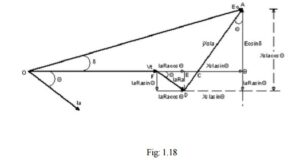
Methods of finding Voltage Regulation in Synchronous Generator or Alternator- Direct loading method, EMF method or Synchronous Impedance method, MMF ...

Voltage Regulation of Alternator When a load is reduced from its Full-load rated value to zero, the voltage Regulation of ...
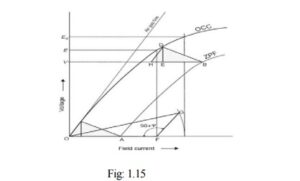
Potier Reactance - Synchronous Generator Potier Reactance The alternator is excited in such a way that it delivers the rated ...
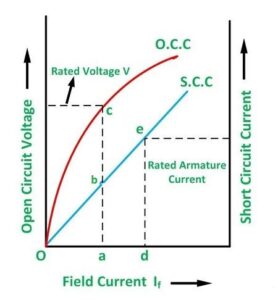
Short Circuit Ratio of a Synchronous Machine Short Circuit Ratio is defined as - The ratio of the field current ...
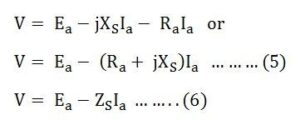
Synchronous Reactance and Synchronous Impedance Synchronous Reactance In order to account for the voltage effects in the Armature circuit caused ...
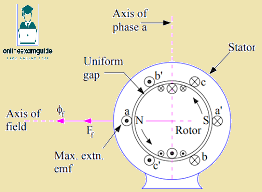
Armature Reaction in Alternator (Armature Reaction in Synchronous Generator) Armature Leakage Reactance Leakage flux is the Magnetic flux created by ...
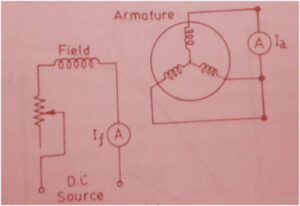
Short Circuit and Open Circuit Test of Synchronous Machine Short Circuit and Open Circuit Test of Synchronous Machine Open Circuit ...

Open circuit Characteristics (OCC) The curve that depicts the relationship between the field current (If) at constant speed and the ...

Synchronous Generator – Construction and Working Principle Through the process of Electromagnetic Induction, Synchronous Generators Transform Mechanical power into AC ...
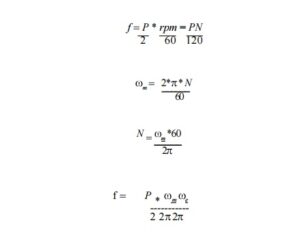
Relationship between frequency and speed When there are two poles, one full rotation will result in one full pulse for ...
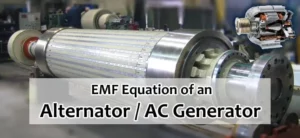
Alternator and Synchronous Generator EMF Equation An alternator or synchronous generator (also known as AC generator or dynamo) is a ...
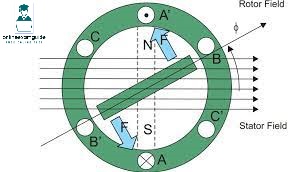
Fundamental Principles of AC Machines The Fundamental Principles of AC Machines operation is this: A three-phase set of currents, flowing ...
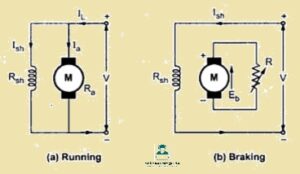
Braking of DC Motor: Either mechanical braking or electrical braking can be used to quickly stop a running motor. Mechanical ...
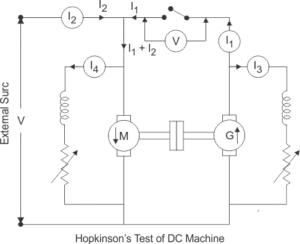
Hopkinson Test Another effective technique for evaluating a DC machine's efficiency is Hopkinson's Test (Hopkinson Test). It is a full ...
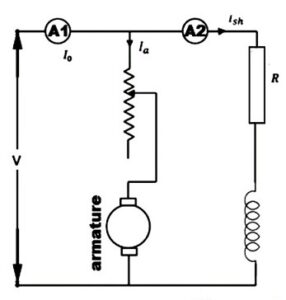
Swinburne Test of DC Machine - Swinburne's test of DC shunt and compound wound DC machines is the straightforward and ...
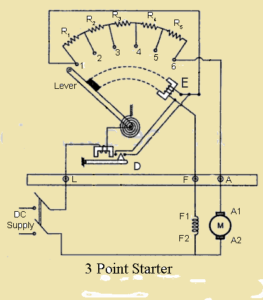
A motor starter's primary responsibility is to start and stop the motor to which it is connected. Starters are specially ...

Methods for Starting a DC Motor, Types of DC Motor Starter, 3 Point Starter, 4 Point Starter, 2 Point Starter ...
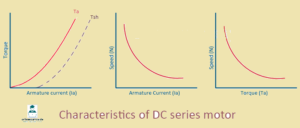
DC Motor Characteristics, Characteristics of DC Series Motor, Characteristics of DC Shunt Motor, Characteristics of DC Compound Motor Characteristics of ...

Types of DC Motor, Shunt wound DC motor, Series wound dc motor, Compound wound dc motor An Electrical device that ...

Working of DC Motor, The field magnets are excited Developing Alternate N and S poles; The Armature Conductors carry current ...
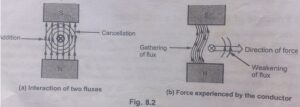
DC Motor Principle of operation DC Motor Principle of operation A current-carrying conductor experiences a mechanical force when it is ...
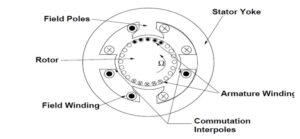
Commutation and Interpole in Machine, what is Commutation, DC Generator Characteristics Commutation and Interpole in Machine The Commutation process would ...
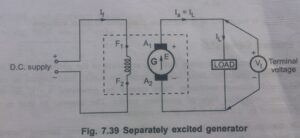
Method of Excitation of DC Generator, Separately Excited Generator, Self-Excited Generator, Shunt Generator, Series Generator, Compound Generator Method of Excitation ...
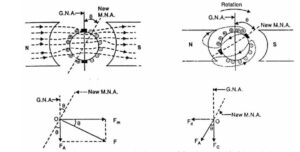
what is Armature Reaction Armature Reaction The flux per pole in a DC machine that is not loaded is solely ...
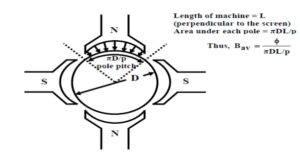
EMF Equation of DC Generator, Induced emf for wave type of winding generator, Induced emf for lap wound generator, average ...
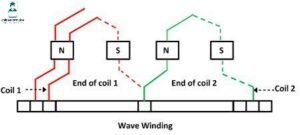
Wave Winding, progressive winding, retrogressive winding Wave Winding Only two parallel paths are offered between the positive and negative brushes ...
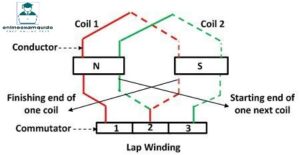
Lap Winding, Simplex Winding, Duplex and Triplex Winding The most crucial element of the Rotating machine is the armature winding ...
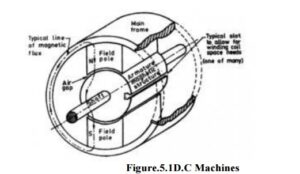
DC Machine - Construction of DC Machine DC Machine D.C. machines are Electromechanical energy Converters that produce Mechanical power or ...
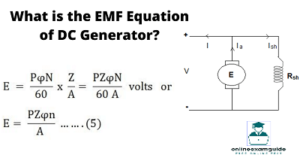
EMF And Torque Equation of DC Machine, EMF Equation of DC Generator, Torque Equation of DC Motor EMF Equation of ...

MMF - Magnetomotive force What is Magnetomotive force (MMF) The effort required to move a unit Magnetic pole once around ...





























